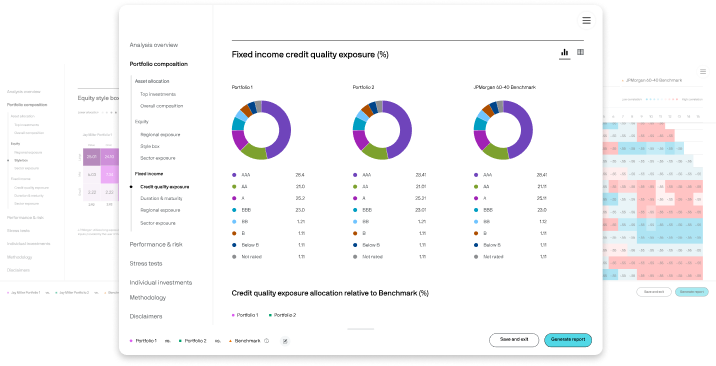Have recent data strengthened the case for a January rate cut?
Get the latest analysis on the Federal Reserve’s potential January rate cut, with insights from November’s jobs and CPI reports. Explore how government shutdown data issues impact unemployment, inflation and monetary policy expectations.







